
Skywatchers Delight: Dual Meteor Showers And Upcoming Celestial Events
A Celestial Symphony: This Summer’s Meteor Showers Promise Fireballs, Streaks, and Starry Spectacles
The night sky this summer is turning into a grand cosmic stage, offering a spectacular array of meteor showers that skywatchers around the globe won’t want to miss. From glowing fireballs to delicate streaks of light trailing across the heavens, July and August are delivering an unusually rich calendar of astronomical events — and we’re right in the heart of it.
Among the highlights is this week’s rare quadruple meteor shower, made possible by the overlapping peaks of two radiant displays: the Alpha Capricornids and the Southern Delta Aquariids. These celestial events are already lighting up the sky, and there’s more to come — most notably the legendary Perseids, which will reach their annual peak in mid-August.
Let’s break down everything you need to know to catch the best views of these natural fireworks.
🌠 Southern Delta Aquariid and Alpha Capricornid Meteor Showers
On the nights of July 29 and early July 30, the skies will be especially active as two major meteor showers coincide. Skywatchers across the United States may be lucky enough to see both, though observers in the Southern Hemisphere will likely have the clearest, most vibrant views.
The Southern Delta Aquariids are fast movers, streaking across the sky at speeds of up to 25 miles per second. According to EarthSky, about 5–10% of these meteors leave behind persistent glowing trains — trails of ionized gas that can linger in the atmosphere for several seconds after the meteor itself has vanished.
These meteors appear to originate from the Aquarius constellation, specifically from the southwestern region of the sky. While scientists have yet to definitively confirm their source, many believe the comet 96P/Machholz is responsible for this stream of space debris. Under optimal dark-sky conditions, the Southern Delta Aquariids can produce up to 15 to 20 meteors per hour, providing a fairly consistent show.
In contrast, the Alpha Capricornids are fewer in number but arguably more dramatic. These meteors are slower and more likely to appear as bright, slow-moving fireballs, often with glowing tails that linger longer than those of their Aquariid counterparts.
Nick Moskovitz, an associate astronomer at Lowell Observatory in Arizona, explained to the Associated Press that Alpha Capricornids are not very frequent — averaging only five per hour — but when they do appear, they tend to be unforgettable. “If you're looking for that one spectacular event during your watch session, an Alpha Capricornid may be the one that gets you the most excited,” he told NPR’s Nell Greenfieldboyce.
These meteors are thought to originate from comet 169P/NEAT, and seem to radiate from the Capricornus constellation. While neither shower is extremely intense on its own, the combination of both this week adds a dramatic flare to the night sky. Thaddeus LaCoursiere, planetarium coordinator at the Bell Museum in Minnesota, noted that “when combined, these shooting stars do add up.”
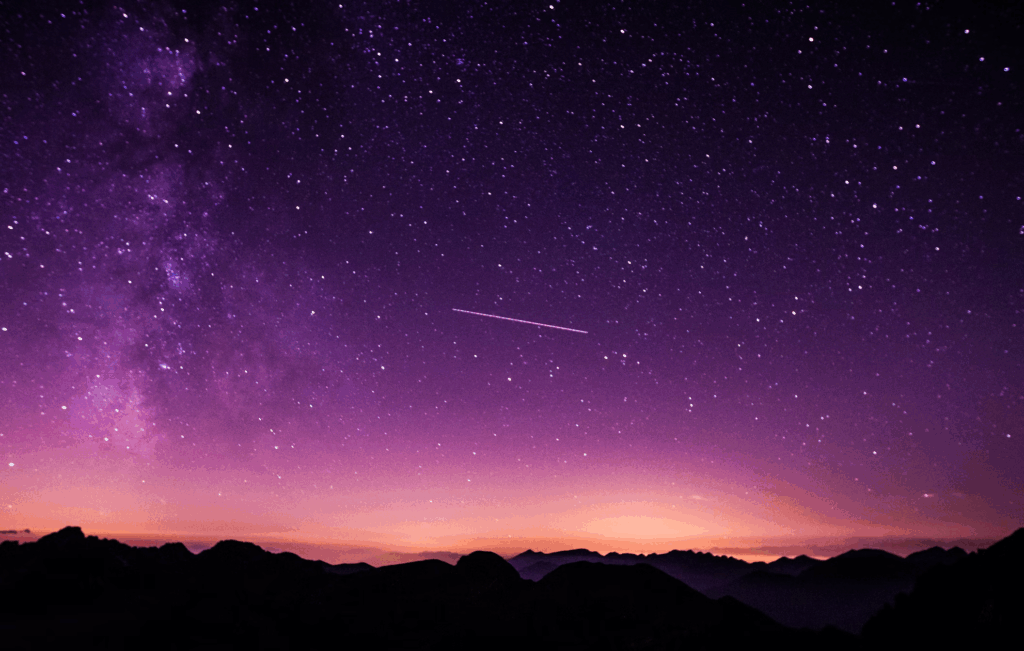
🌌 Looking Ahead: The Perseid Meteor Shower
While the Perseids won’t reach their peak until mid-August, now might actually be the best time to try and see them. The reason? The moon.
Currently, the moon is only about 25% full, offering much darker skies. But by the time the Perseids hit their peak, a brighter moon will dominate the sky, potentially drowning out the more delicate meteors. According to the American Meteor Society, the full glare of the moon in 2025 could reduce visible Perseids by up to 75 percent, which makes this year’s early viewing window especially appealing.
The Perseids are among the most beloved of all meteor showers, often producing 50 to 100 meteors per hour during their peak. But moonlight plays a critical role. “The glare of the moon is really a killer,” Moskovitz told NPR. “It’s going to make the Perseids not all that compelling this year if you wait too long.”
🌃 Tips for the Best Sky-Watching Experience
To get the most out of these summer meteor showers, experts recommend finding a location with minimal light pollution — far from city lights. Ideally, you should head out after midnight and allow your eyes at least 20 minutes to adjust to the darkness. Avoid checking your phone or using artificial lights, as even brief exposure can reduce night vision.
For this week’s overlapping meteor events, it’s best to look toward the southern sky, especially if you’re located in the Southern Hemisphere. If you’re hoping to catch the Alpha Capricornids, consider heading out later in the evening, after the moon has set, when their radiant point has risen higher in the sky.
Hunter Miller, an astronomy educator at Chicago’s Adler Planetarium, emphasized the abundance of opportunities: “This time of the summer is really peppered with meteor showers,” he told NPR. “My biggest recommendation is to get to dark skies.”
Even if you miss a big shower, he says, there’s always something magical happening above us — especially during this time of year.
🌙 Bonus: Look for the Moon and Mars
Even outside the meteor showers, the sky offers its own beauty. On July 28, just after sunset, look to the west for a particularly picturesque celestial pairing: a waxing crescent moon alongside the red planet Mars. According to Jamie Carter of Live Science, this brief conjunction will be visible about 45 minutes after sunset, making it a lovely warm-up to the night’s main event.
✨ In Summary
From slow-burning fireballs to delicate starlike flashes, this summer’s night sky has become a canvas of cosmic wonder. With multiple meteor showers happening simultaneously, early glimpses of the Perseids, and bonus celestial pairings, there’s no shortage of reasons to look up. Whether you're a seasoned stargazer or a curious first-timer, these events are a reminder of how awe-inspiring our universe truly is.
So grab a blanket, escape the city lights, and take a moment to marvel — because the universe is putting on a show, and you won’t want to miss it.
News in the same category


Optical illusion reveals whether you’re an introvert or extrovert

Trapped in Silence: Boy Awakens After 12-Year Coma With Terrifying Secret
Imagine suddenly being trapped inside your own body—fully conscious, aware of your surroundings, but completely unable to move, speak, or communicate in any way. For Martin Pistorius, this unimaginable scenario was reality for more than a decade. His st

Urgent warning issued to all iPhone users following release of iOS 18.6
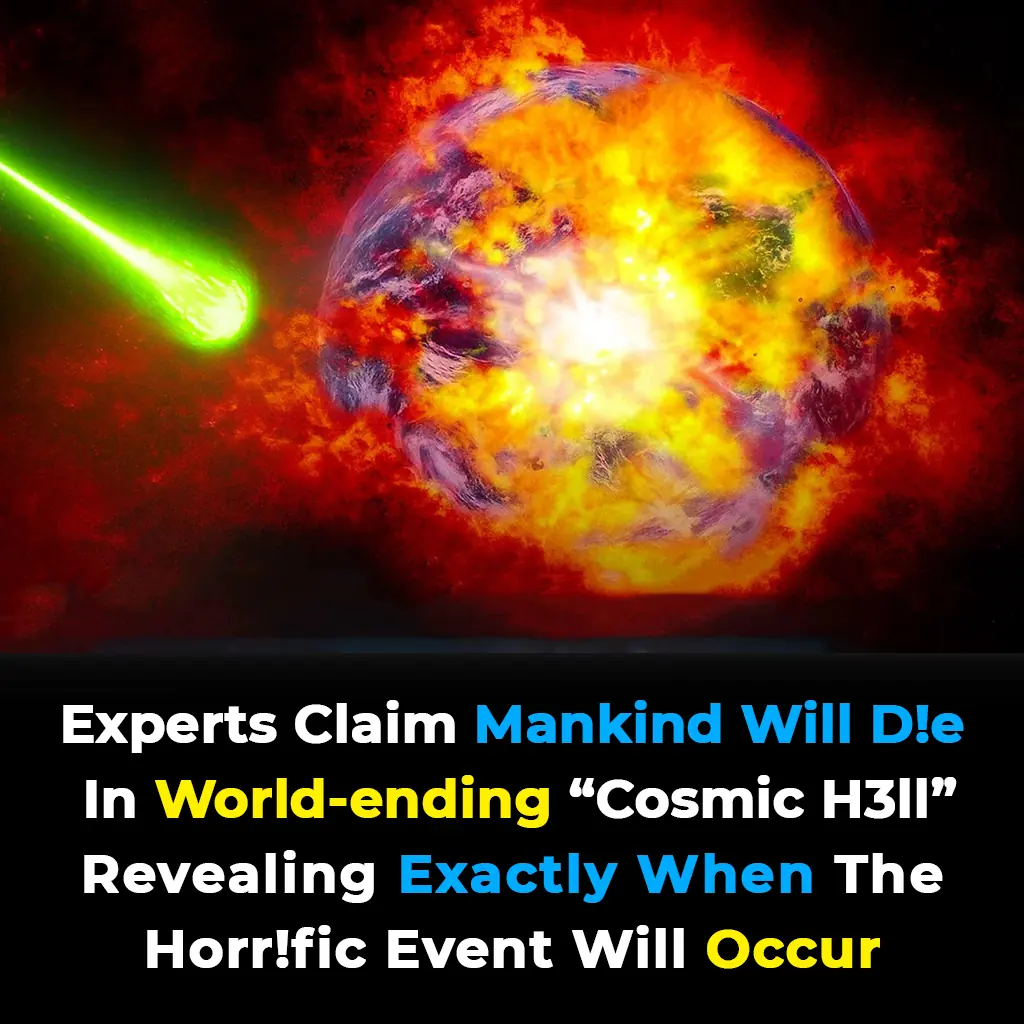
Experts Warn of Imminent 'Cosmic Hell' That Could Wipe Out Mankind, Exact Time Revealed
Though the ending is billions of years away, the emerging evidence is shifting scientific consensus on cosmic fate. Understanding dark energy—the force shaping expansion—is one of the greatest unsolved mysteries in physics.
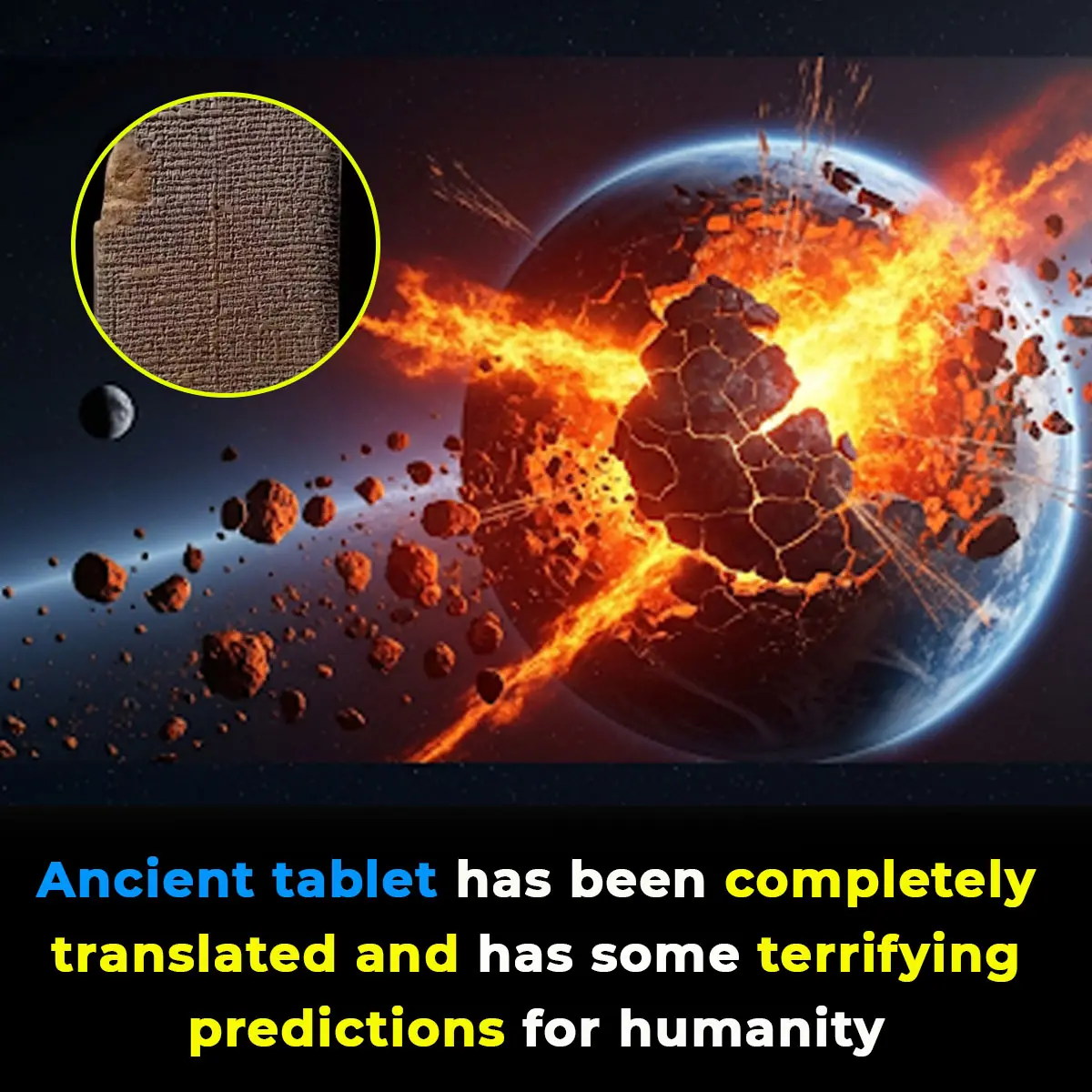
Ancient tablet has been completely translated and has some terrifying predictions for humanity

Astronaut Waves And Turns His Camera To Disprove The Flat Earth Theory For Good

Your iPhone’s Volume Buttons Are Loaded with Hidden Features
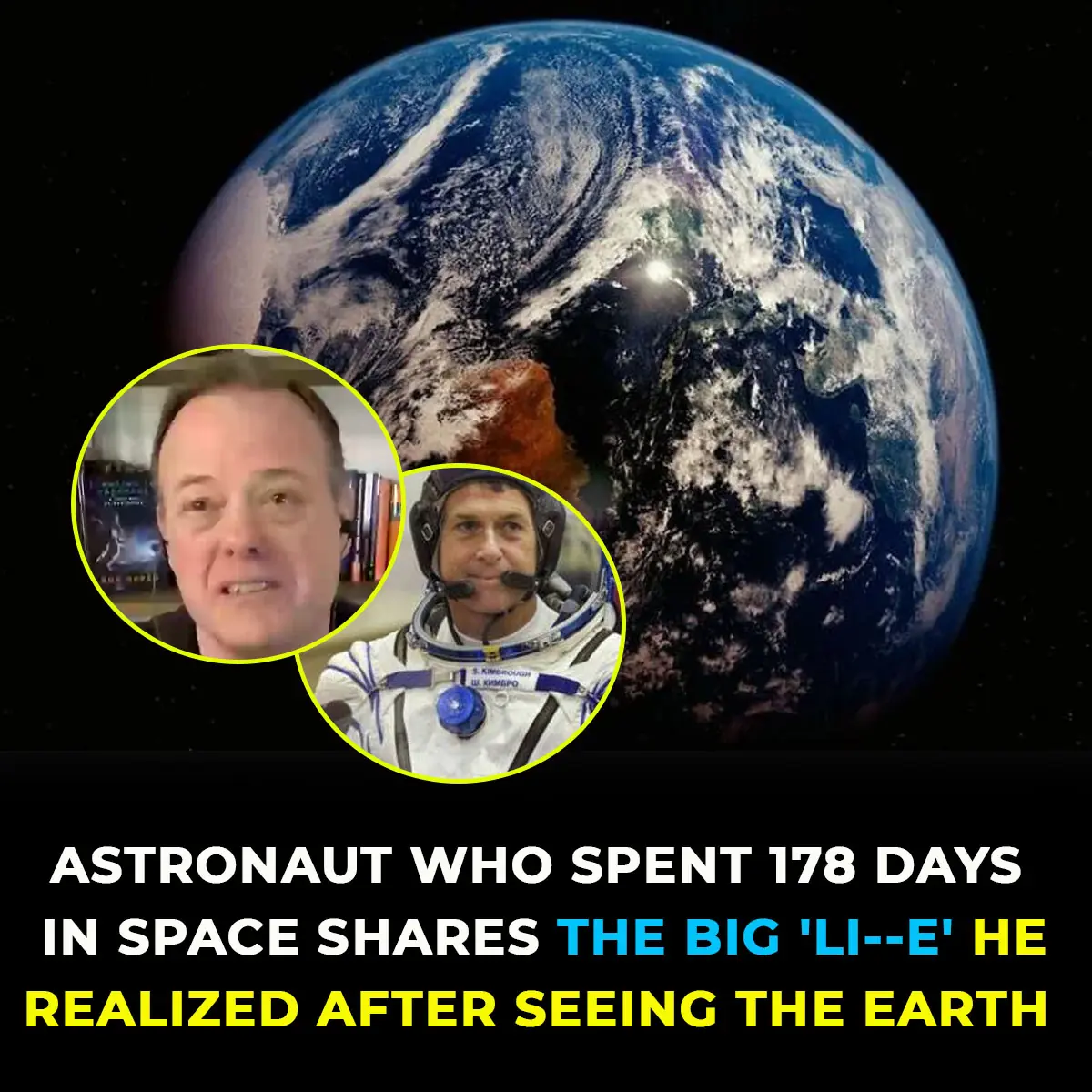
Astronaut shares the profound ‘big lie’ he realized after seeing the Earth from space

Some people are only now realizing what the “WC” sign stands for on washrooms
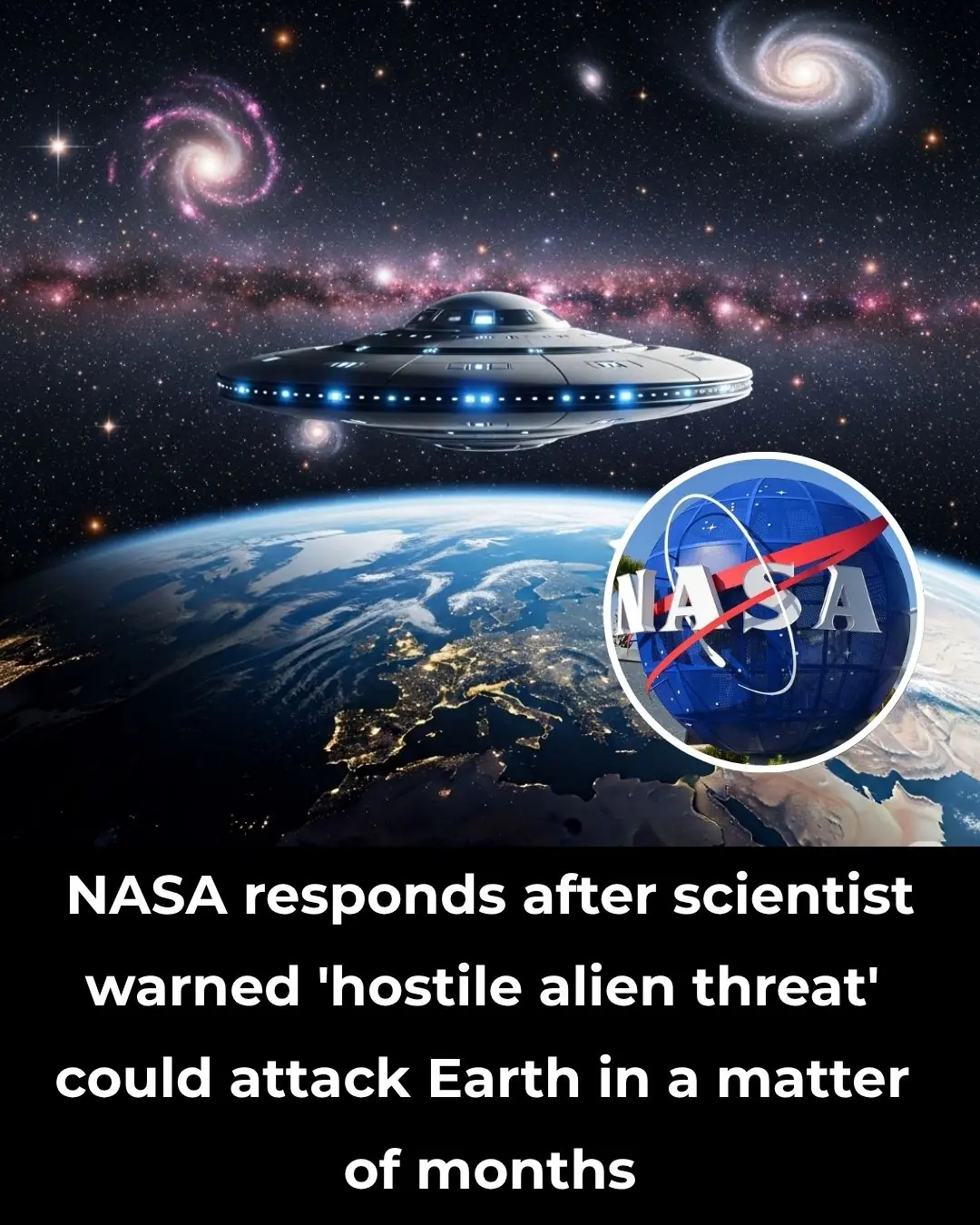
NASA responds after scientist warned 'hostile alien threat' could attack Earth in just months

TerrIfying Study Links Everyday Household Chemical to Over 350,000 De@ths Worldwide
Experts urge immediate global action after new data uncovers staggering cardiovascular risks tied to everyday plastic-softening chemical.

How Often Should Men Ej@culate Each Month? Sh0cking Harvard Study Reveals a Powerful Link to Pr0state Health
It’s not often that something enjoyable turns out to be good for your health - but in this case, it just might be.
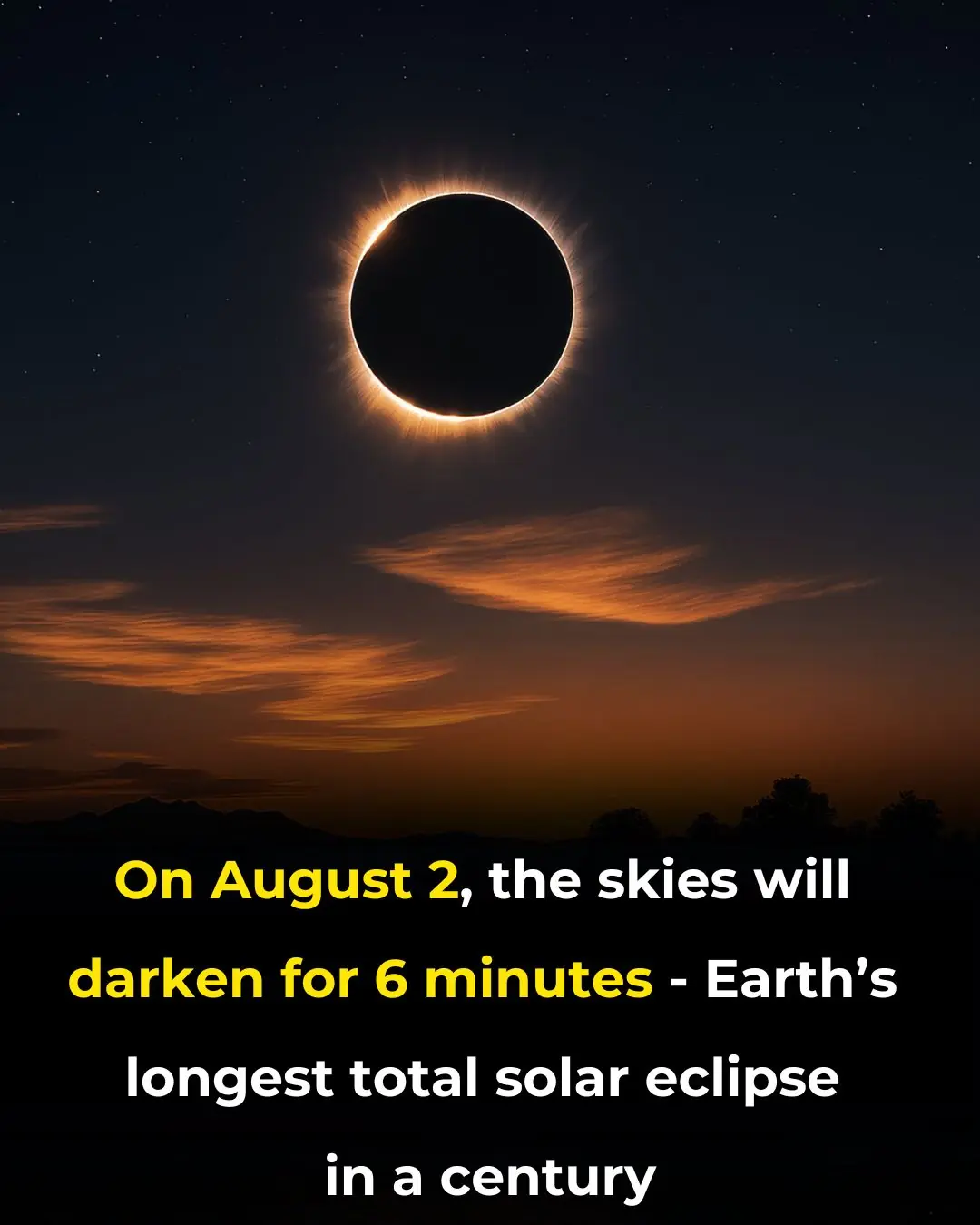
On August 2, The Skies Will Darken for 6 minutes-Earth’s Longest Total Solar Eclipses In A Century Is coming in 2027!

Scientists install the world’s first electronic spine to restore movement after paralysis.

Unplug These 5 Kitchen Appliances Before Bed to Prevent a Fire, Experts Warn

People Are Only Now Learning The Horrifying Explanation For Why The Titanic’s Wreckage Has No Remains

Chaos as cruise ship passengers 'left behind' following major tsunami in Hawaii

Urgent warning issued to all iPhone users following release of iOS 18.6
News Post

Man Folded In Half Stands Straight After 28 Years

What Does it Symbolize When a Person Who Passed Away Shows up in Your Dream?

Mary Ann Bevan: The Tragic Story of the ‘World’s Ugliest Woman’

Pressure Points in Your Feet: Use This Foot Massage Chart for Pain Relief

8 Ways To Get Rid Of Phlegm And Mucus In Chest And Throat

Missing MH370 aircraft ‘found’ after Google Maps search

Doctor Reveals Surprising Thing That Occurs When You Don’t Eat – and It’s The ‘Opposite’ of What Most People Think

10 Signs You May Have Kidney Disease

This is what sleeping on the left side does for our brain, stomach & glymphatic health
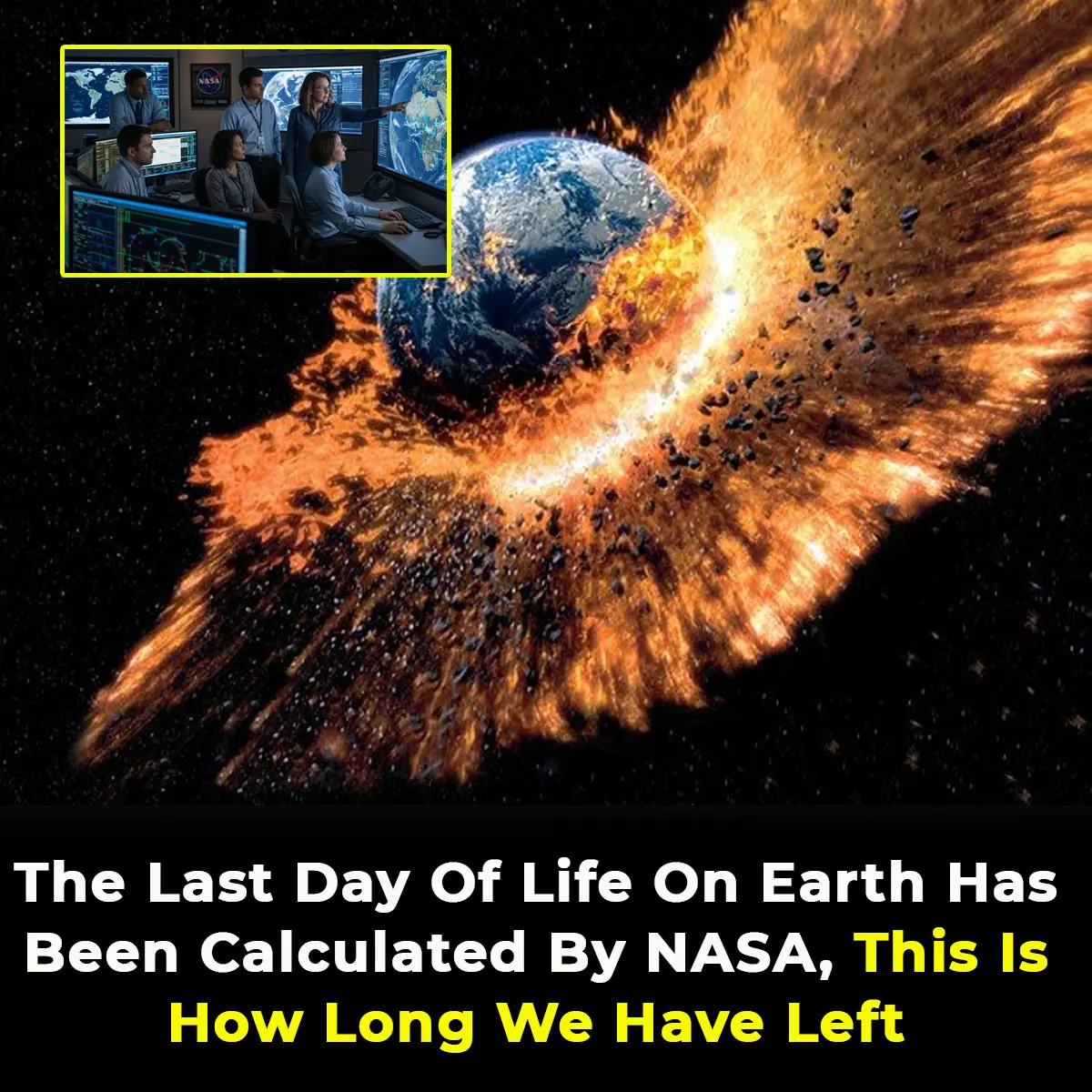
The Last Day Of Life On Earth Has Been Calculated By NASA, This Is How Long We Have Left

Optical illusion reveals whether you’re an introvert or extrovert
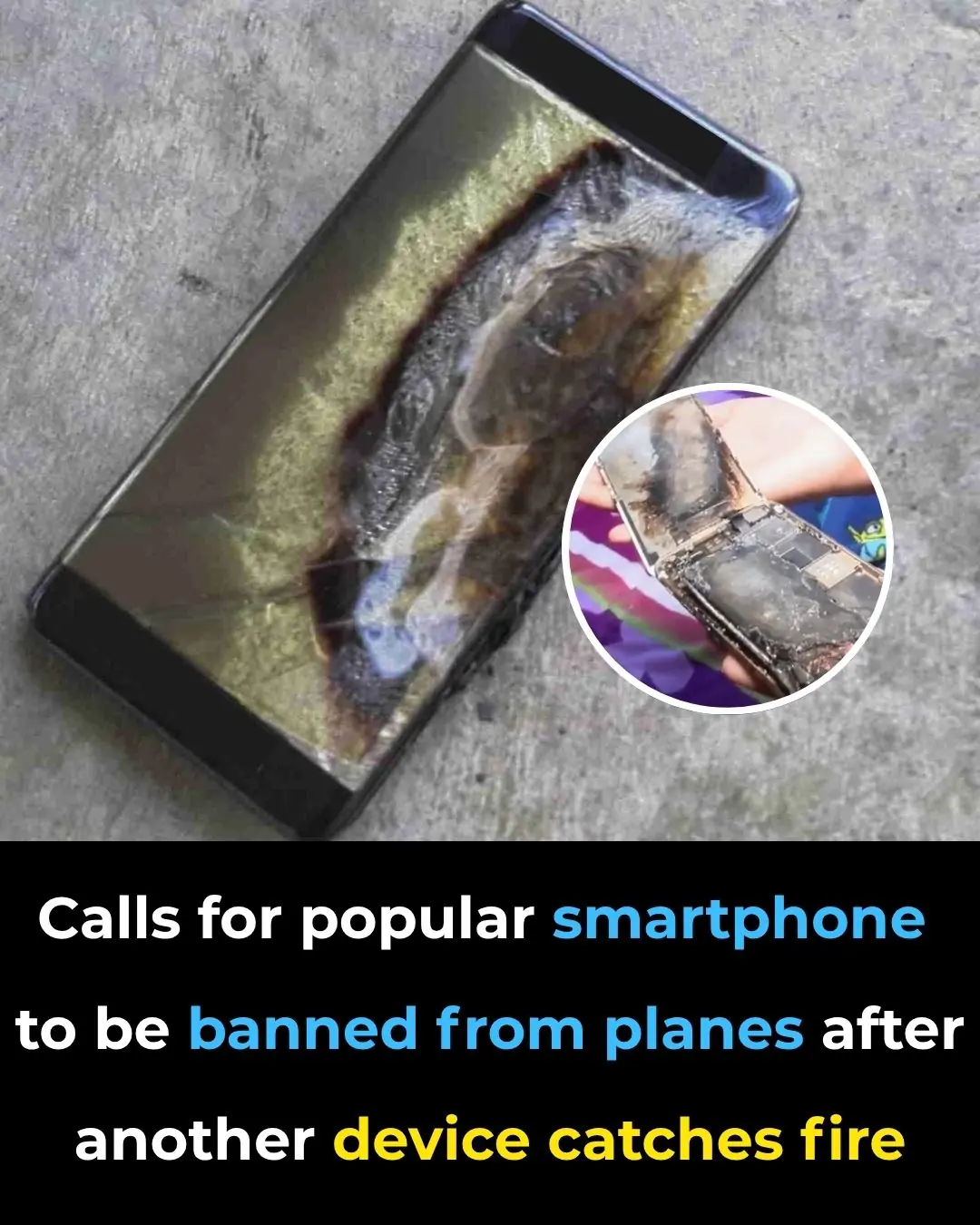
Calls for popular smartphone to be banned from planes after another device catches fire

Trapped in Silence: Boy Awakens After 12-Year Coma With Terrifying Secret
Imagine suddenly being trapped inside your own body—fully conscious, aware of your surroundings, but completely unable to move, speak, or communicate in any way. For Martin Pistorius, this unimaginable scenario was reality for more than a decade. His st

Urgent warning issued to all iPhone users following release of iOS 18.6

Experts Warn of Imminent 'Cosmic Hell' That Could Wipe Out Mankind, Exact Time Revealed
Though the ending is billions of years away, the emerging evidence is shifting scientific consensus on cosmic fate. Understanding dark energy—the force shaping expansion—is one of the greatest unsolved mysteries in physics.

This Is What Happens When You Eat Too Much Sugar—#7 Will Sh0ck You!
Learn to recognize the red flags of sugar overload before it sabotages your health

Ancient tablet has been completely translated and has some terrifying predictions for humanity
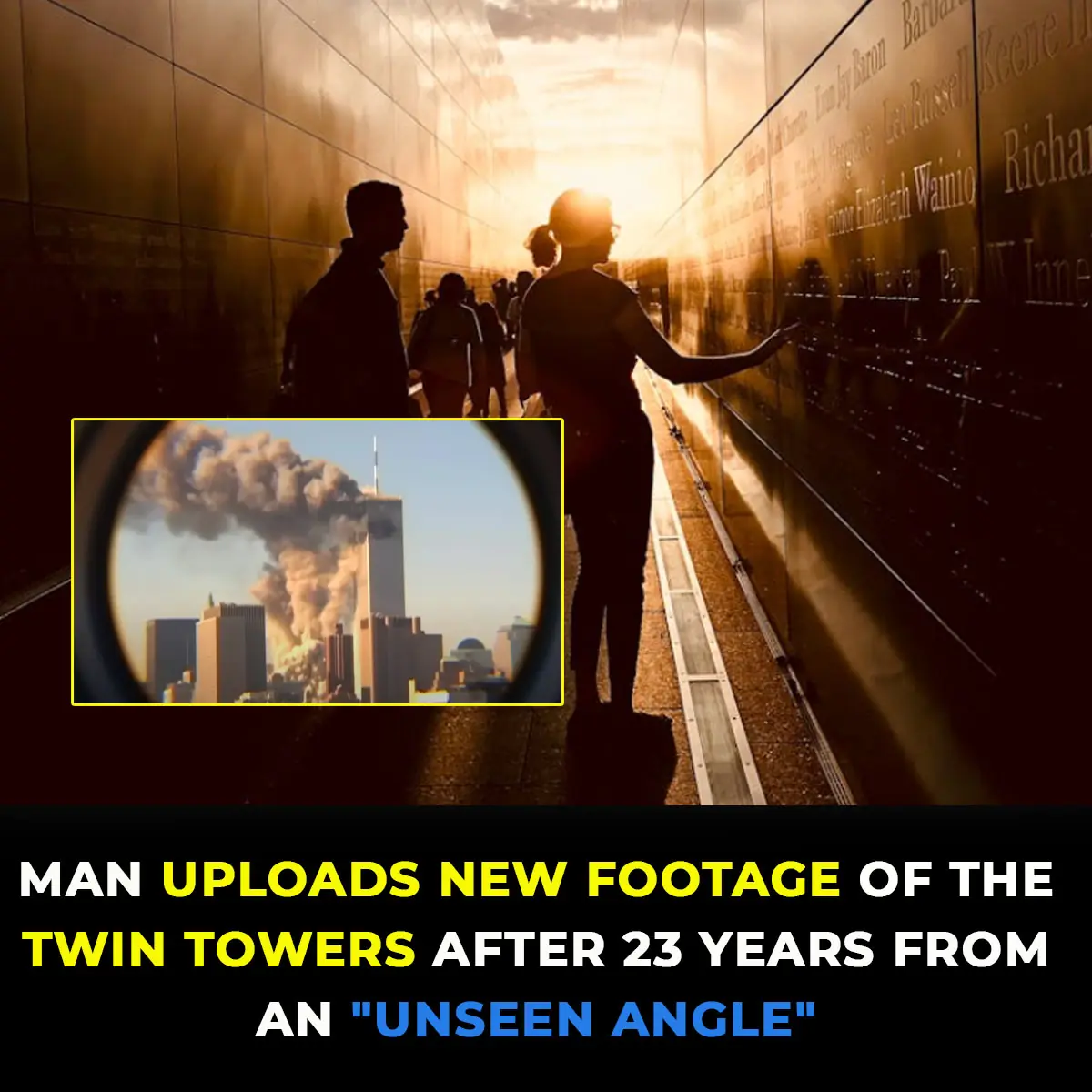
Man Releases Chilling Never Seen Before Footage of Twin Tower Collapse

Heart Surgeon Reveals 4 Foods You Should ‘Always Avoid’ That Will ‘Poison’ Your Body
